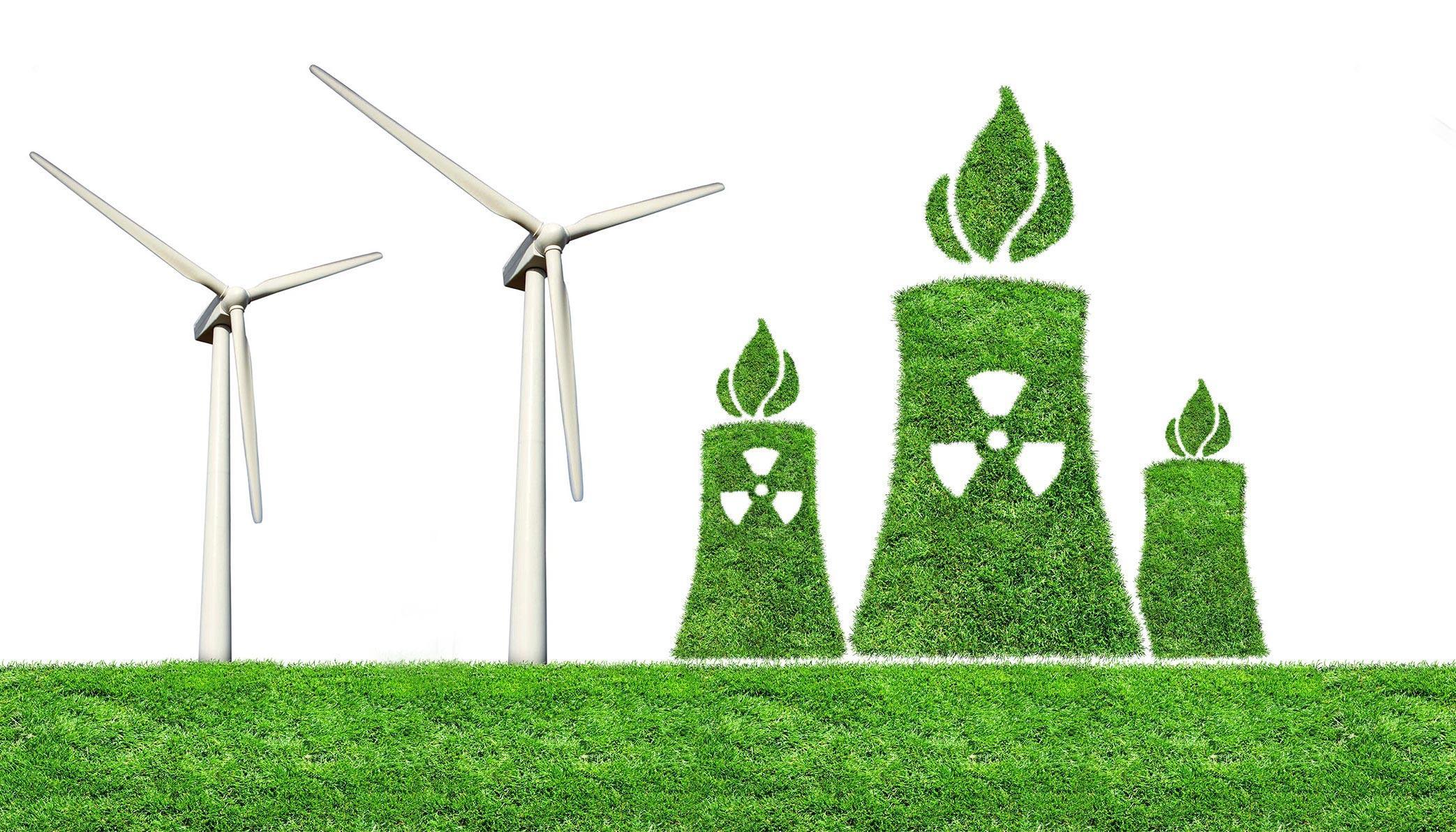Professor Hwang Il Soon, Chair of the Department of Nuclear Engineering at Ulsan National Institute of Science and Engineering (UNIST) in the Republic of Korea (ROK) gave iGlobenews an exclusive interview to discuss why nuclear energy is the only feasible way to solve the world’s energy crisis and fight climate change. He proposes the use of versatile small modular reactors and cooperation to set up multinational nuclear fuel cycle centers to deal with supply, safety and security issues. SHAPE is an initiative created by Professor Hwang and other experts. In addition to the support of the Korean government the initiative received the support of President Biden during his visit to ROK in May 2022. SHAPE promotes the peaceful use of nuclear power and can be used as a forum to address challenges faced by the NPT.
Hwang Il Soon
24 August 2022
German version | Spanish version
Professor Hwang Il Soon, Chair of the Department of Nuclear Engineering at Ulsan National Institute of Science and Engineering (UNIST) in the Republic of Korea (ROK) gave iGlobenews an exclusive interview to discuss why nuclear energy is the only feasible way to solve the world’s energy crisis. Professor Hwang is an internationally renowned and recognized expert. At UNIST he leads a national R&D program on non-refueling microreactors in support of the global net-zero CO2 emissions goal. He is a visionary who through his groundbreaking research has helped provide answers to many of nuclear power’s big question and concerns: such as storage of nuclear waste, fuel cycle management and safety.
Before joining UNIST, he was a professor at Seoul National University (SNU) and at MIT. He advises his government on nuclear-energy-related matters and has worked closely with the IAEA and OECD’s Nuclear Energy Agency. He is President of the International Forum for Reactor Aging Management (IFRAM) and the Director of the Nuclear Security Research Institute (NUSERI) of the Korea Nuclear Policy Society as well as a Fellow Emeritus of Korea’s National Academy of Engineering.
Professor Hwang makes a convincing argument for nuclear energy. Not only is it the only energy source which does not produce global warming gases such as carbon dioxide or methane, it is also very much like renewable energy because it is sustainable and fuel for nuclear power reactors, including uranium and hydrogen, is almost limitless. Only nuclear energy has the potential to support the present and projected energy needs of all humankind on planet earth.
Solar, hydro, wind and geothermal power are themselves not sustainable in the sense that few countries, such as Norway and Iceland, have access to unlimited supplies of green energy sources. As we increase population density, less and less land is available land for collecting renewable energy. That is where the concept of “farmed” nuclear energy comes in–only nuclear energy can provide all the energy needs for the entire globe.
This farmed nuclear energy can today achieve safety and environmental standards equivalent to its natural, renewable energy counterparts. That is also why the European Union has classified nuclear in its green taxonomy. This classification is based on science.
The mandate for farmed nuclear energy is P E A C E, which stands for: Proliferation resistance; Environmental friendliness including impact of spent nuclear fuel or nuclear waste; Accident tolerance; Climate protection capability; and Economy. The last E in this mandate is already outstanding in Asian countries such as ROK and Japan. Unlike the expensive import of fossil energy from abroad, nuclear power generates electricity in a cost-effective way, namely 5 cents per kilowatt hour. This is better than solar power (20 cents per kilowatt hour), wind (12 cents per kilowatt hour) and hydro which is the most expensive variant. ROK does not have much water and this water cannot be used for electricity production.
But even when renewable energy costs can compete with nuclear, one still cannot rely 100% on them because their power source is variable. Also, the problems associated with the storage of renewable energy is of utmost importance.
The ideal mix of renewable energy and nuclear energy has already been suggested by the Paris-based International Energy Agency (IEA), which has recommended a good mathematical tool called the Marginal Abatement Cost Curve (or MACC) which calculates the cost to abate one metric ton of Carbon Dioxide (CO2) for individual technical methodologies. Nuclear energy comes out ahead of the other renewable energy sources here as well.
Professor Hwang and many other experts see small modular reactors (SMRs) or generation IV technology as the future of nuclear power. He and his team have developed a microreactor small enough to fit inside a shielded cask which is indestructible. It is radiation proof, shock proof and bullet proof. This microreactor is fuelled either with fresh enriched uranium or recycled plutonium and would allow continuous operation without refuelling for 40 to 50 years. Cooling is not done with water, but by heavy liquid metals, which is a huge advantage because of their high boiling point of about 1700 degrees Celsius. The reactor is small enough that no boiling or melting will take place. Even with the worst impact imaginable during transport or ship operation, the reactor is safe and proliferation resistant.
An issue critics of nuclear power emphasize is what to do with the dangerous plutonium which makes up 1% of spent nuclear fuel. A nuclear power plant generating 1000 megawatts of electric power produces 20 metric tons of spent nuclear fuels each year – which contains c. 200 kg of plutonium. A nuclear bomb can be made with 10 kilograms of plutonium. 200 kg of plutonium would amount to 20 nuclear bombs per year. Dealing with spent nuclear fuel is a high priority for nuclear power to be a safe alternative to renewable energy. Reprocessing produces many products from the spent fuel, including dangerous plutonium. Plutonium has a half-life of c. 100 000 years.
To control and safely utilize the reprocessed spent fuel, Professor Hwang supports the recycling of spent fuel in multilateral nuclear fuel cycle centers. This could be an important energy dimension of multilateral security cooperation. The former Director General of the IAEA, Mohammed El Baradei, proposed the establishment of multinational fuel cycle centers in 2003. In the past both the Russian Federation and the United States have signed on to this model, which would guarantee multinational control of both enrichment and reprocessing at one or two centers per continent. Such multinational nuclear fuel cycle centers would provide enough enriched uranium and recycled fuel while safeguarding any misuse of these materials.
Yet two main issues in connection with these multinational fuel cycle centers remain: elimination of the rights of individual countries guaranteed by Article IV of the NPT to have their own enrichment and reprocessing facilities, and the risk of an accident or theft during the transport of nuclear fuel and spent nuclear fuel.
International treaties necessary to establish such multinational fuel centers would take many years to negotiate and maybe even longer to be ratified and enter into force. Another option to deal with this dilemma is to create a voluntary consortium of countries willing to form such centers. In Asia, this model is looking more promising as fossil fuel prices reach an all-time high. ROK, Japan, Taiwan, Philippines and others in southeast Asia could voluntary create such a center and this would not affect sovereign rights since participation would be voluntary. The nuclear fuel would not be sold, but only leased from the multinational fuel cycle center. The US and Canada have also been discussing a bilateral recycling center. Yet the problem of accidents and theft during transport would remain.
The issue of what to do with the spent nuclear fuel is solved by operating these small microreactors through a multinational center where the spent fuel is recycled through a new cutting- edge technology called the pyro-green process. The final waste from this process can be classified as medium-level waste comparable to hospital or industrial waste. A new technology called Deep Isolation is currently being developed in the US using shale gas technology. Shafts similar to those created during fracking can then be used for waste storage which are several kilometres inside the earth. In the US alone there are more than 10 000 such shafts which could be repurposed.
To promote nuclear energy and multinational cooperation, Professor Hwang together with other experts and scientists created in 2010 a new organisation, SHAPE which stands for Summit of Honor on Atoms for Peace and Environment. SHAPE is supported by President Biden, and it can also serve as a vehicle to address the issues and challenges facing the NPT regime. Considering the mounting pressure for governments to provide enough energy in light of skyrocketing energy prices, solutions are needed. Small module reactors and multinational fuel centers could be an important part of a viable solution for solving the world’s energy crisis.
Picture: Modern wind turbine next to a nuclear power plant pipes. Wind turbine on a green © IMAGO / agefotostock
Other Articles Which Might Interest You
MicroURANUS: A Microreactor For Maritime Decarbonization With Zero Greenhouse Gases, by Hwang Il Soon







